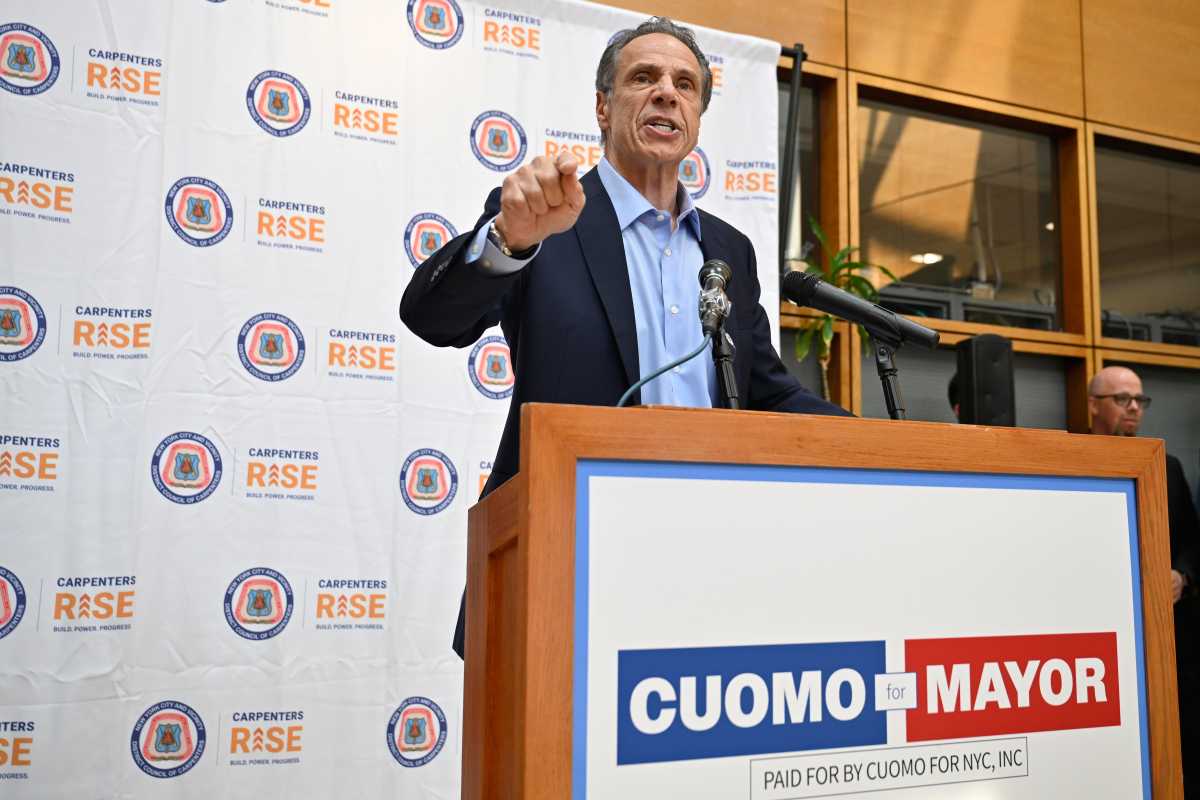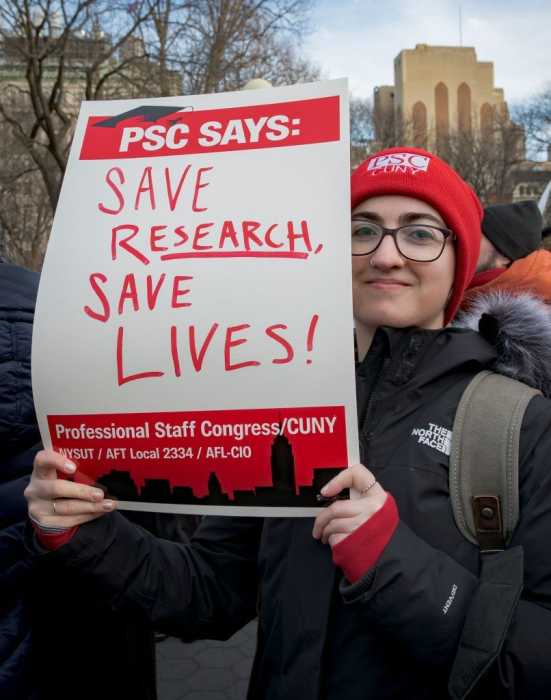By Larry Penner
The proposed New York City Council bill that would allow New York City residents to pay the same $2.75 fare on the Long Island Rail Road or Metro North Rail Road as they do to ride the subway sounds great on paper, but look at the details. It could have significant adverse impacts on Queens residents who are already daily LIRR commuters.
This holds true for offering the same riders a free transfer from either the LIRR or Metro North to the subway. The bill introduced by Councilman Daneek Miller (D-St. Albans) and supported by Transportation Committee Chairman Ydanis Rodriguez clearly illustrates their lack of understanding concerning how transportation works.
Those city residents who already utilize either the LIRR, Metro North, MTA Bus or NYC Transit Express Bus are aware the cost is more than either the bus or subway. If you agree and follow the logic of Council members Miller and Rodriguez, there should be a reduction in the cost of any New York City Transit or MTA Express Bus Service from $6.50 to $2.75 as well. There are already almost 100,000 NYC residents who travel on weekdays to and from work paying extra to ride the LIRR, Metro North, MTA Express Bus or New York City Transit Express Bus. All are aware that they are paying for a premium service.
Existing scheduled LIRR trains serving Little Neck, Douglaston, Bayside, Auburndale, Broadway and Murray Hill on the Port Washington branch might be able to accommodate 1,000 to 2,000 new riders if they are spread out over the 6 a.m. to 10 a.m. morning rush and 4 p.m. to 8 p.m. evening rush-hour trains. Few will have seats.
Don’t forget that several hundred to a thousand more customers may be attempting to board when the new Elmhurst LIRR Station opens in 2018. Can you even imagine the crowds if only several thousand of the daily 66,000 New York City Transit subway riders who utilize the Flushing Main Street No. 7 station decide to become regular daily LIRR customers. What if you add potentially even more new riders attempting to board a LIRR train at Woodside? There is no way existing Port Washington branch rush-hour service could accommodate 5,000 to potentially 10,000 and more new Queens customers without adding more trains.
Part of the problem is the cost of $2 million or more per car or $20 million per ten-car train set. Between design, engineering, procurement, construction and delivery, along with inspection and acceptance, it could easily take five years for the LIRR to acquire additional rolling stock. The LIRR also needs additional maintenance and storage capacity for any significant fleet expansion.
In addition, there is no room to run additional trains in or out of Penn Station during either a.m. or p.m. rush hours. Penn Station is currently operating at 100 percent capacity during rush hours. If one of the four tunnels is temporarily out of service, the result is numerous delays and cancellation of trains. Nothing will change until East Side Access to Grand Central Terminal is open for revenue service. The anticipated revenue service date has slipped on numerous occasions. The MTA schedule calls for a December 2022 opening day. Based upon the previous history of delays and recovery schedules, adding up to 11 years’ worth of broken promises, don’t be surprised if the first day of revenue service occurs in 2023, 2024—or later.
Miller and Rodriguez also want to offer new LIRR and Metro North riders a free transfer to the subway. Obviously neither has traveled through either Grand Central Terminal or Penn Station during rush hours. Both the East Side 4, 5, and 6 subway lines or the West Side 1, 2, and 3 subway lines are already operating at or above capacity. The same is true to a lesser extent for Atlantic Avenue Brooklyn Station travelers attempting to access subway lines. There is little room for new riders who might want to take advantage of a free commuter-rail to subway transfer. If offered, there are thousands of city residents already riding the LIRR and Metro North who would also want the same free transfer.
The $70 million estimated cost for a $2.75 fare for all trips for residents within NYC riding on both the LIRR and Metro North is just a guess. It is not based upon any concrete data. The cost could easily be $100 million to $200 million—or even more. The MTA had to cut $5 billion out of the pending 2015-2019 Capital Program. The MTA has no surplus operating dollars available to cover these costs. Will Miller and Rodriguez convince Mayor Bill de Blasio to increase NYC’s level of operating assistance to pay for this? Don’t count on it.
Larry Penner
Great Neck



































